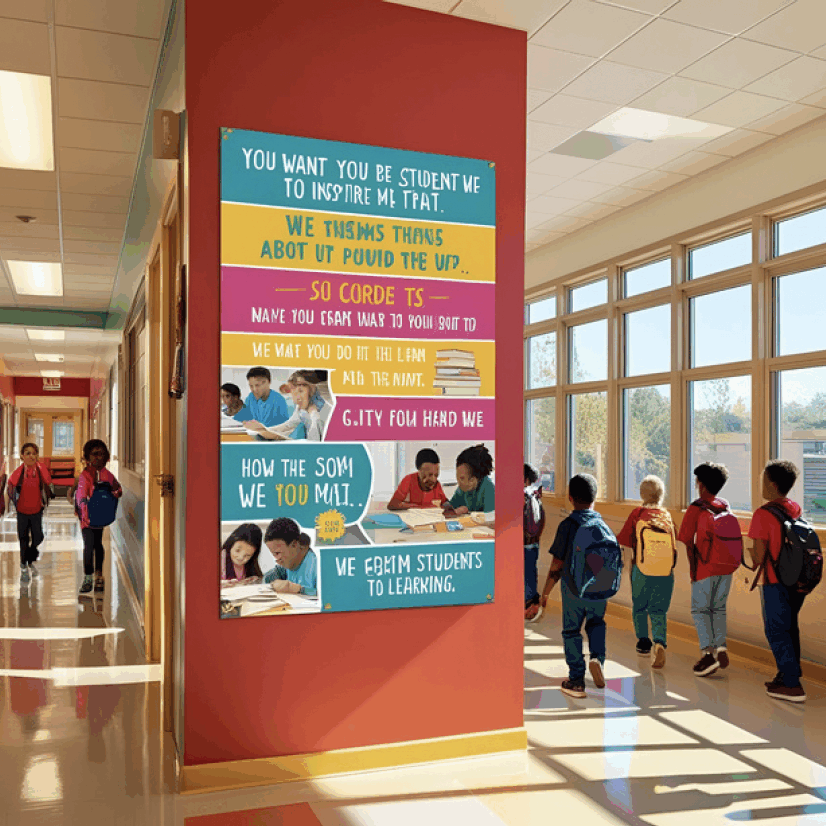Resources to Support Your Vision
Explore thoughtfully curated tools, articles, and frameworks designed to help educational leaders turn big ideas into meaningful action. Whether you're developing a strategic plan, refining your Portrait of a Graduate, or working to align curriculum and instruction with your district's goals, these resources are here to inform, inspire, and empower your next steps.
PoG Implementation Self-Assessment
Fully embed your PoG in daily teaching, learning, and decision-making.
Course Audit: Ensuring PoG Competency Alignment
Ensure your curriculum actually builds the skills in your district’s Portrait of a Graduate.
Quick Check: POG Alignment Continuum Tool
A fast, low-stakes way to reflect on where your school or district stands with PoG implementation.



